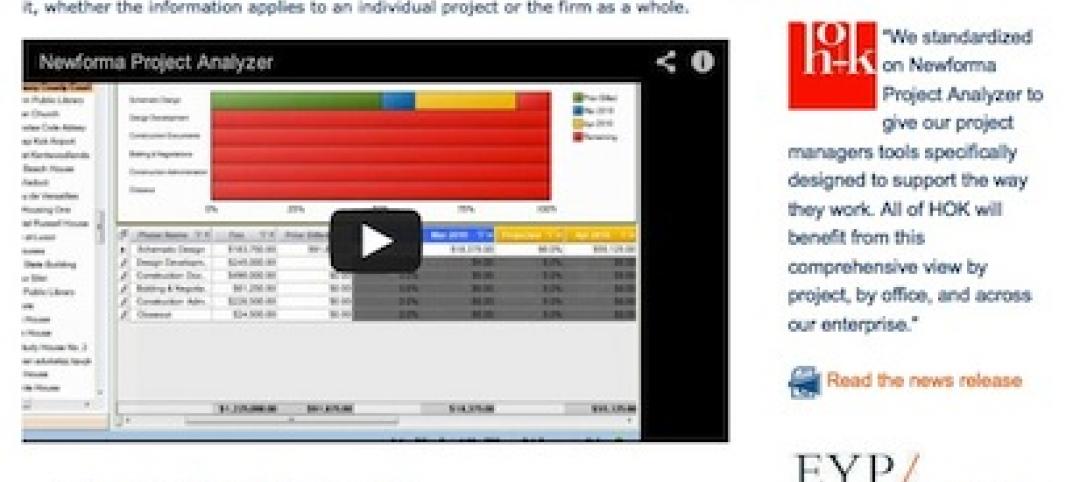Energy efficiency has been the flavor of the month when it comes to building projects as cities try to curtail their energy usage to more sustainable levels. The problem has been, to become more energy efficient, detailed information about how and when cities, and the buildings they are composed of, consume electricity and heating fuel. In other words, it is hard to do a comparison without having at least two things to compare.
The city of Boston, however, no longer has to worry about lacking current, detailed information on its energy usage throughout a given day or throughout the year, with an emphasis on detailed.
Researchers at the MIT Sustainable Design Lab (SDL) and the MIT Lincoln Laboratory, in collaboration with the Boston Redevelopment Authority (BRA), have a shiny new toy to use to help plan for the city’s energy future, MIT News reports.
This shiny new toy comes in the form of a “citywide urban building energy model of unprecedented scale and spatio-temporal detail.” For every single building in Boston, nearly 100,000 in total, the new energy modeling tool estimates the gas and electricity demand for every single hour of a given year. This amount of detail has never been incorporated into a model of a city the size and scope of Boston.
The model will be used in an effort to help make Boston’s energy system more efficient, resilient, and affordable.
The team of researchers behind the project sifted through all 92,000 buildings in Boston and sorted them into 48 “archetypes” and 12 usage categories. Then, each archetype was assigned characteristics relating to things like heating and cooling systems, electricity use, thermostat settings, time, occupancy, and wall and roof structure, among others, MIT News reports.
In order to make all of this information and data useable for energy planning it required creating a lot of algorithms to work with incomplete datasets. While this took a long time to complete, it has the benefit of allowing the tool to be adapted, as opposed to reinvented, by others who may be interested in doing similar analyses throughout the northeast.
The modeling tool has already helped to identify sites throughout Boston where “a combination of CHP, photovoltaic, battery storage, and ground source heat pumps could reduce greenhouse gas emissions and offer lower-cost alternatives to current centralized energy supply scenarios,” according to MIT News.
The end goal of this project is to allow for every city, worldwide, to be able to use a citywide energy model to manage its complicated web of energy supply and carbon emissions.
Related Stories
| Mar 26, 2013
Will Google Glass revolutionize the construction process?
An Australian architect is exploring the benefits of augmented reality in the design and construction process.
| Mar 6, 2013
Hospital project pioneers BIM/VDC-based integrated project delivery
The Marlborough (Mass.) Hospital Cancer Pavilion is one of the first healthcare projects to use BIM/VDC-based integrated project delivery.
| Feb 25, 2013
AISC seeks proposals for development of BIM best practices guide
The American Institute of Steel Construction seeks assistance from BIM users in identifying and documenting best practices to facilitate the long-term standardization of BIM in structural steel construction.
| Feb 8, 2013
AAMA and WDMA release updated industry review, trends forecast
Windows and doors report predicts slow growth in commercial construction; analyzes historic data from 2006-11 and forecast data through 2015.
| Jan 31, 2013
Newforma releases next generation Project Analyzer software
Newforma, a project information management software company, announced that a new version of its design project management software, Newforma Project Analyzer, has been validated by leading architecture and engineering firms and is now commercially available.
| Jan 25, 2013
Applied Software Earns Autodesk MEP Systems Engineering Specialization Designation
Designation underscores firm’s success in supporting and educating customers in MEP design and BIM.
| Jan 9, 2013
Panasonic and Bluebeam preview new architect app at CES 2013
Panasonic and Bluebeam Software collaborate to develop and introduce the 4K tablet and software to the design and construction industry.
| Jan 3, 2013
Top BIM/VDC articles of 2011-2012
A compendium of BD+Cs top building information modeling and virtual design + construction articles from 2011-12.
| Jan 2, 2013
Global data center market to ‘slow’ to 14.3% this year
Total global investment in data centers is expected to slow down somewhat this year but still increase at a respectable 14.3%, according to DCD Intelligence.
















